A few months ago, when the initial panic of the pandemic was dissipating and people were starting to meet outside, keeping their distance, I met with a couple friends at a park. We talked about what we had been doing during quarantine and I mentioned the stuff I was working on for the channel and all the connections I was making.
Both of these friends work in post-production, one has a solid knowledge of cameras and tech, the other one understands composition and framing, but not so much of camera specs. I’ve known these guys since before I started the channel and they both showed up in videos before. I’m talking about some groundbreaking piece of gear when one my friends asks what’s the big deal with anamorphics. Why do people go crazy about them, and why do I have a whole channel about it?
That lead to me explaining how anamorphics saved Hollywood, a bunch of history and subconscious effects that anamorphic lenses create on audiences, even when they’re not aware of what anamorphic is. “Oh, this has such a cinematic vibe to it”. You’ve heard or said it before, I’m sure.
After my spontaneous presentation he asked me why I didn’t make videos for a broader audience. Not switching the subject, still talking about anamorphic, but not so narrow as to talk about a single piece of gear. What I had just explained at the park was much more interesting and enriching than a lens review.
Later that day I started drafting this first Module for the Cookbook, before I even knew it was gonna be a course. I realized a lot of time I jump to the conclusion that everyone knows what anamorphics mean and what they do for your images. That’s a mistake I’m aiming to correct with this video, the first actual class in the Cookbook!




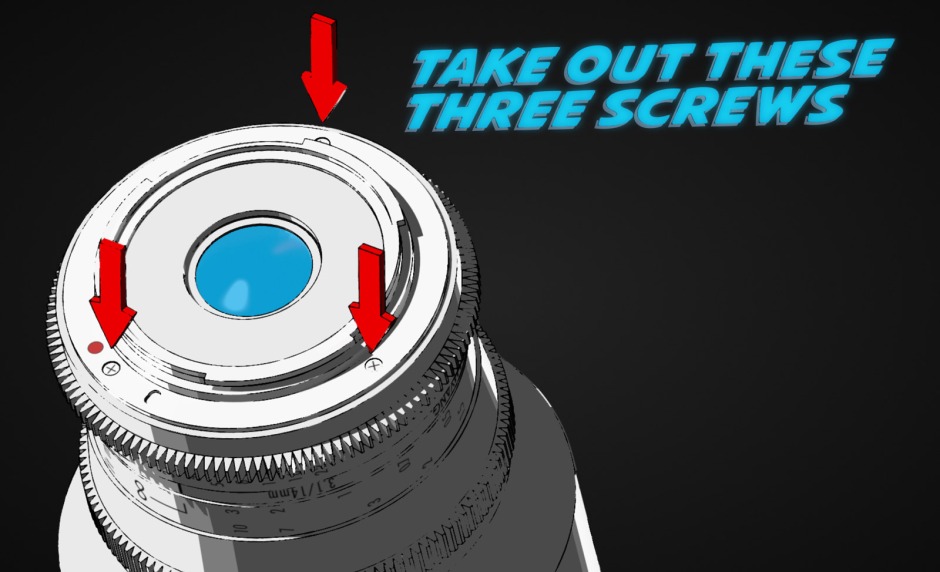

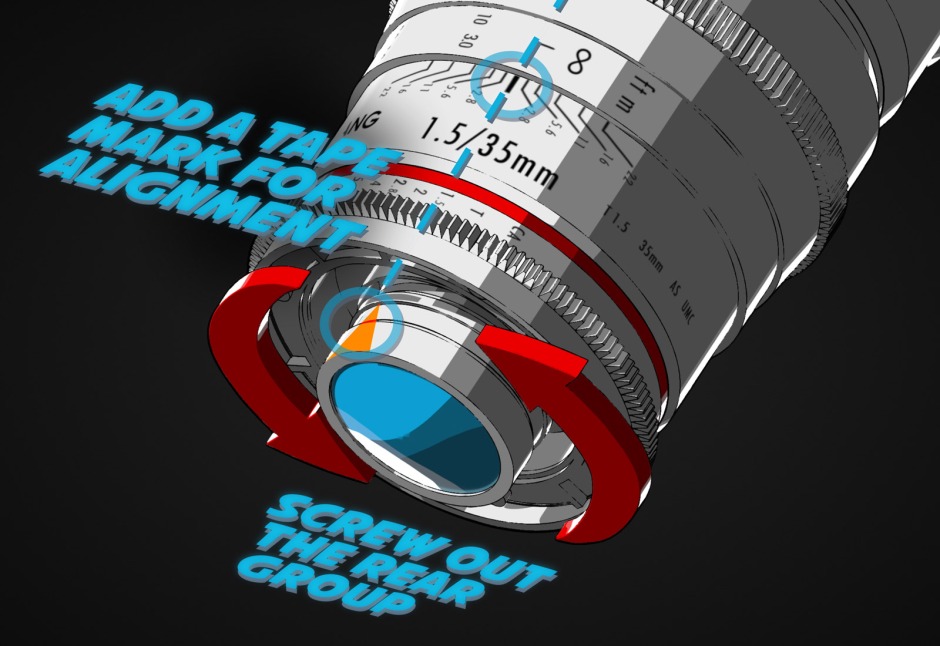
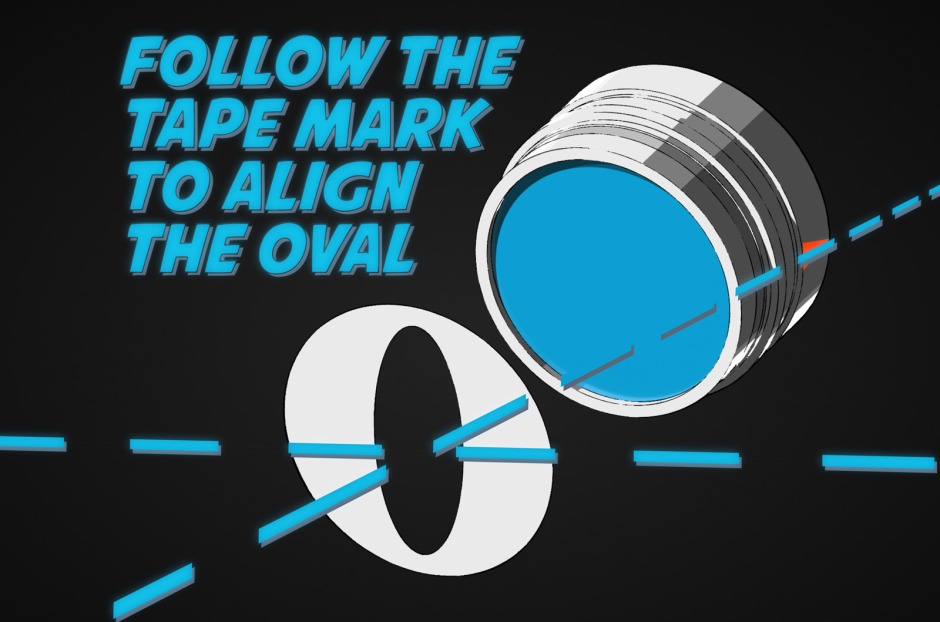
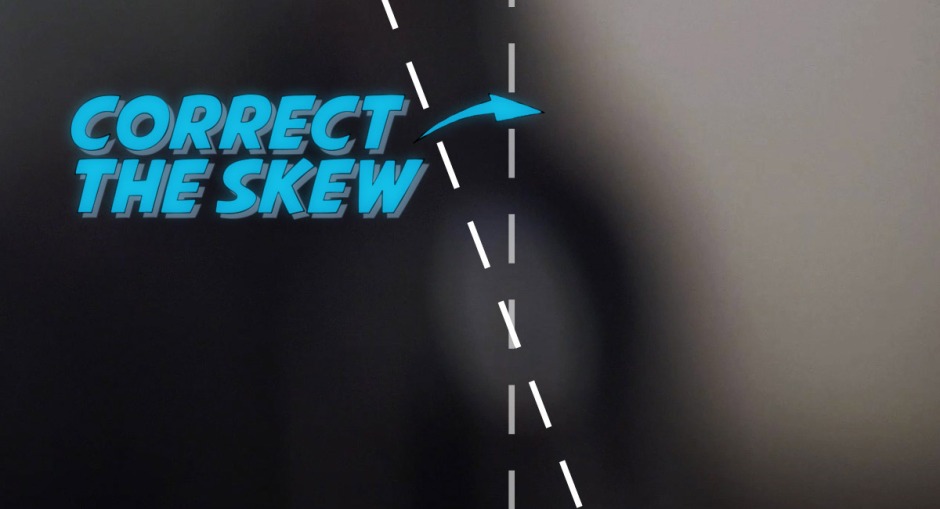
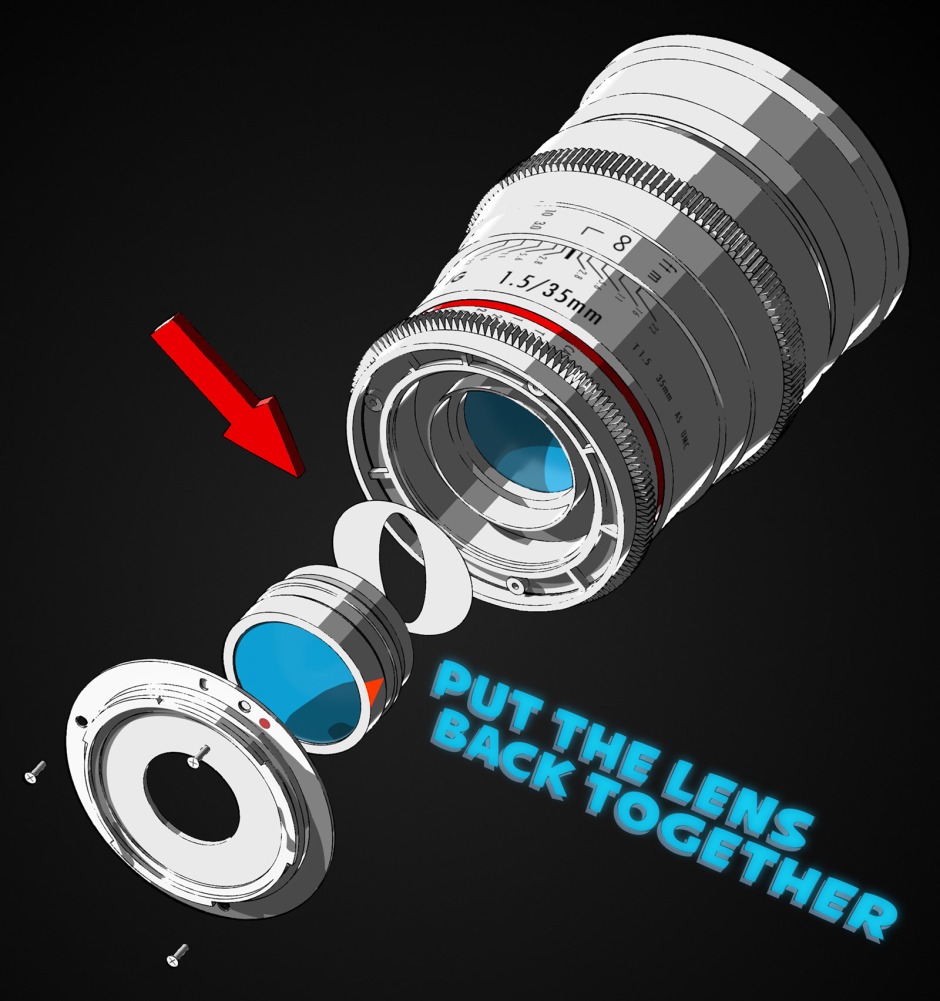
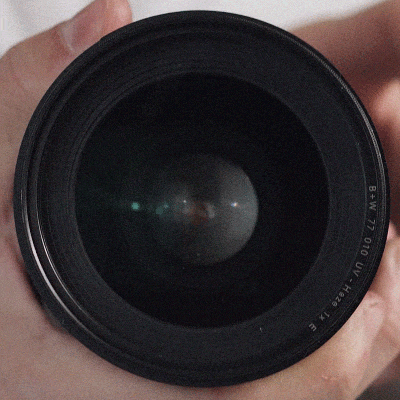


You must be logged in to post a comment.